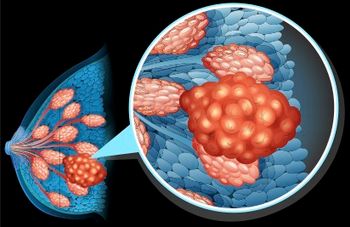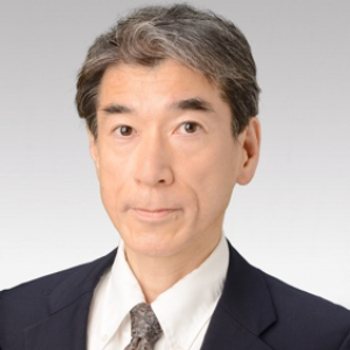
Oncology NEWS International
- Oncology NEWS International Vol 16 No 1
- Volume 16
- Issue 1
Medicare Fee Poor Proxy in Economic Analyses of Mammography
A random sampling of 2.3% of the imaging centers that meet Mammography Quality Standards Act (MQSA) certification showed that the national median cash price for a screening mammogram is more than double the price that is reimbursed by Medicare.
CHICAGOA random sampling of 2.3% of the imaging centers that meet Mammography Quality Standards Act (MQSA) certification showed that the national median cash price for a screening mammogram is more than double the price that is reimbursed by Medicare. This calls into question the use of the Medicare payment as a proxy in cost-effectiveness analyses of mammography, John D. Keen, MD, of Stroger Hospital, Chicago, said at the 92nd Annual Meeting of the Radiological Society of North America (abstract SSC23-02).
The investigators wanted to obtain the national median cash price of a screening mammogram in order to help women make informed medical decisions. They theorized that the screening mammography market is competitive since a woman can obtain the same screening study at any mammography center. Dr. Keen noted that a woman can go to the FDA website, enter her zip code, and find all the mammography centers in her area. "The FDA requires all mammography centers to provide identical products. There is no prescription needed. Screening participation is completely voluntary. There is no decision-making under duress or time pressure," he said.
In an attempt to get a better handle on the cost of resources associated with screening mammography, Dr. Keen assumed that prices in the actual medical marketplace would reflect the resource costs of production, including overhead, supplies, and capital investment.
The researchers contacted 189 of the 9,000 MQSA facilities for the telephone survey and received 174 responses (85%). A total of 69 facilities gave a combined fee for both technical and professional components of a mammography examination (median fee, $150); 92 provided a separate fee for each (median total fee, $198); and 13 gave a technical fee only. The median total fee for the 161 facilities that provided price information on both the technical and professional components of a mammography examination was $183 (median technical fee, $122; median professional fee $68).
The single combined price of $150 for the technical and professional components of a mammography screening exam most likely reflects price competition, he said, and is probably a better estimate of the amount of resources used for a screening mammogram.
In contrast with these figures, Medicare provides a reimbursement of $86 for a screening mammogram, which includes $36 for a radiologist's reading. The major reason the Medicare program is able to reimburse at such a low rate is because it covers only about 25% of all patients who undergo screening mammography. As a result, mammography centers include in their price structure a subsidy to cover the cost of performing mammography for the one woman in four who qualifies for Medicare coverage.
"Younger women subsidize older women, who are also more likely to benefit from screening," Dr. Keen said.
The study shows that using the Medicare payment fee in economic analyses of the cost-effectiveness of mammography does not provide a good indication of the overall cost-effectiveness of the procedure. "We can ask," Dr. Keen said, "is the Medicare technical fee [$50] correct because it makes screening mammography seem more cost-effective, or is the ACR [American College of Radiology] technical fee of $94 correct because it makes the Medicare fee seem too low?"
Articles in this issue
almost 19 years ago
Nab-Paclitaxel Bests Docetaxel in First-Line Met Breast Caalmost 19 years ago
Congress Plans to Keep NCI Operating at FY2006 Budgetalmost 19 years ago
Lenalidomide Is Active in Relapsed and Refractory NHLalmost 19 years ago
Self-Hypnosis Reduces Anxiety During Breast Biopsyalmost 19 years ago
With Decrease in HRT Use, Breast Ca Incidence Rates Fallalmost 19 years ago
MK-0457 'Glides Past' Bcr-Abl T315i Mutationalmost 19 years ago
Dasatinib Superior to High-Dose Imatinib in Resistant CMLalmost 19 years ago
Lilly 2006 Oncology on Canvas Winners 'Embrace Life'Newsletter
Stay up to date on recent advances in the multidisciplinary approach to cancer.



















































































